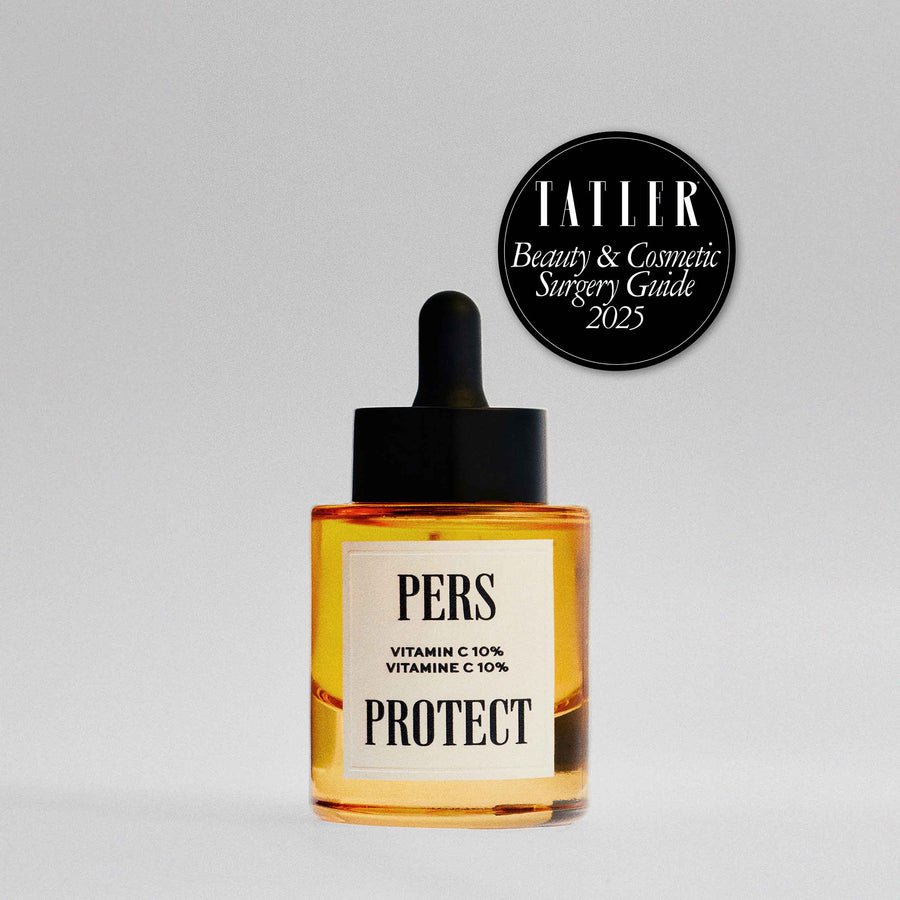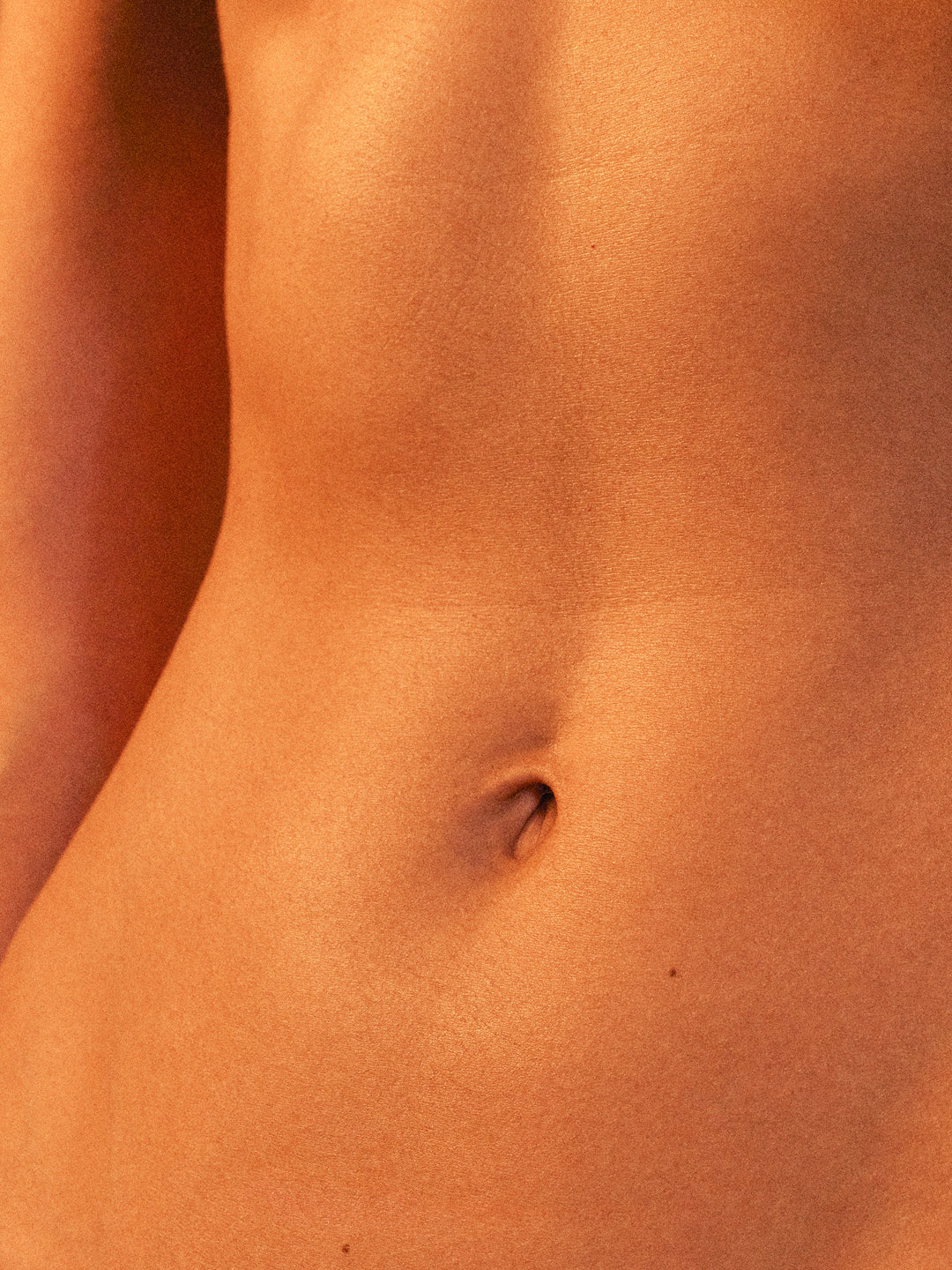Where do expression lines come from and how can they be reduced?
Expression lines, or mimic lines, are the more or less deep wrinkles that form on the face as a result of repeated movements such as smiling or frowning.
Expression lines can be dynamic wrinkles, appearing only when the face is under muscular tension (when smiling, for example).If they are still visible when the face is at rest, they are referred to as "static wrinkles".
Present even in the youngest people, expression wrinkles give the face its natural expressiveness and underline an individual's unique features. Without them, the face would lack personality and life.
Expression lines are the first to appear, usually around the age of 25-30. Dynamic at first, these first wrinkles, caused by the movements of the underlying muscles as the face expresses itself, gradually set as the tissues age, becoming static with age.
Wrinkle typology :
- vertical wrinkles (also known as glabellar lines or frown lines) between the eyebrows when frowned, in the form of a vertical line.
- crow's feet, fan-shaped wrinkles at the corners of the eyes that form when you smile.
- forehead wrinkles, across the forehead when the eyebrows are raised as much as possible.
- nasolabial folds (or smile lines), furrows connecting the nostrils to the corners of the mouth.
- periorbital wrinkles (or barcode wrinkles), caused by mimicry and chewing, also known as smoker's wrinkles, as a result of the repeated curling of the lips during the act of smoking.
Over time, the skin tends to retain this deformed state, until the wrinkles become permanent. Indeed, with age, the skin loses collagen and elastin, the hyaluronic acid content of the dermis and epidermis decreases, and the latter becomes thinner. All these factors lead to a loss of firmness and elasticity in the dermis, and the skin has difficulty renewing itself.Of course, genetics have their part to play, and the appearance of static wrinkles will also depend on muscle depth, skin elasticity and facial shape.
So how can we prevent expression lines?
Cosmetic treatments
Moisturizing cream
Between the ages of 15 and 25, we recommend that you start taking care of your skin by providing it with the necessary moisture. Later, you can opt for richer anti-wrinkle formulas.There are two types of moisturizing agents:
- Surface humectants, which bind water and retain it in the skin's surface layers, such as hyaluronic acid, allantoin, panthenol or glycerin.
- Emollients, such as vaseline, silicone, squalane or shea butter, form an occlusive film to prevent transcutaneous water loss and thus increase hydration.
While moisturizing, nourishing or replenishing creams generally contain a mixture of these two types, emollient agents that give a richer texture often predominate in creams for mature skin.
Anti-wrinkle active ingredients
- Antioxidants (vitamins C and E, Lipoic Acid, Ferulic Acid, Niacinamide), which act at different levels to preserve the skin's beauty, such as vitamin E, with its antioxidant and emollient effects, or vitamin C, which participates in collagen synthesis and prevents its degradation.
- Biostimulant peptides act on fibroblasts, stimulating collagen and hyaluronic acid synthesis to give skin tone and firmness.
- Myorelaxant peptides, which mimic the mechanism of action of botulinum toxin by inducing temporary paralysis of hyper-contracted muscles to smooth expression lines.
- Retinoids, which stimulate skin renewal and induce collagen synthesis.
- Biostimulant plant extracts that stimulate the activity of skin fibroblasts.
In addition, certain active ingredients help to erase expression lines, camouflaging them without actually healing them. These include boron nitride, alumina and certain silicas and silicone derivatives.
Anti-wrinkle supplements
Anti-wrinkle supplements can also be taken to "nourish" the skin from within. These oral supplements provide the nutrients needed for skin metabolism (collagen, peptides and hyaluronic acid), antioxidants to combat free radicals (vitamins C and E, polyphenol-rich plant extracts) and biostimulant plant extracts to stimulate the metabolic activity of fibroblasts.
Medical alternatives
When expression lines are too deep to be corrected by cosmetics and dietary supplements, aesthetic medicine can be used. Botulinum toxin injections can improve the appearance of expression lines, which can also be filled with fillers such as Botox or hyaluronic acid.



